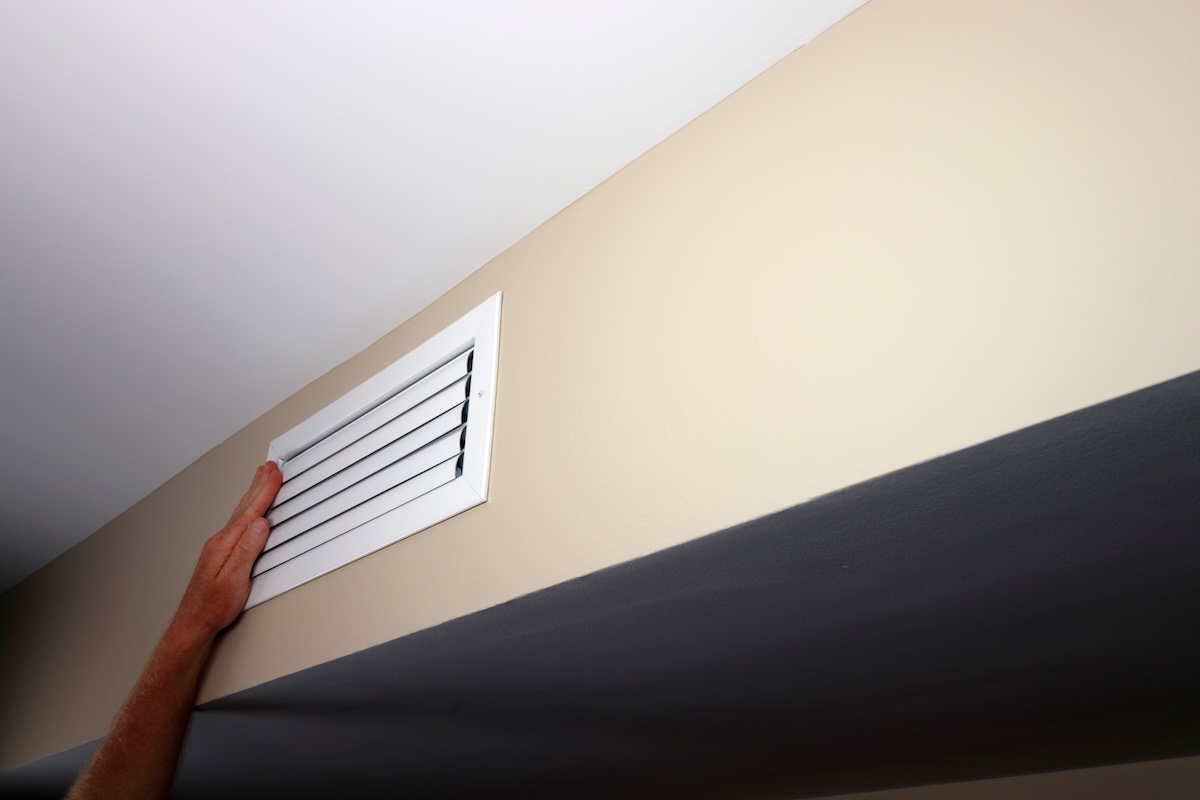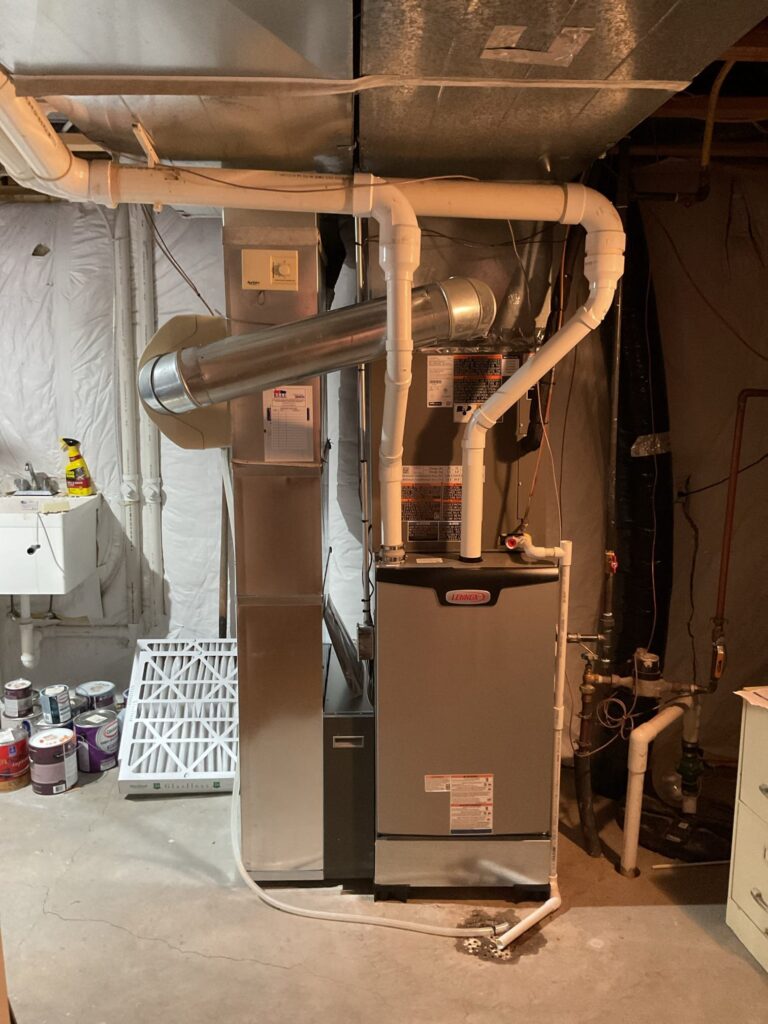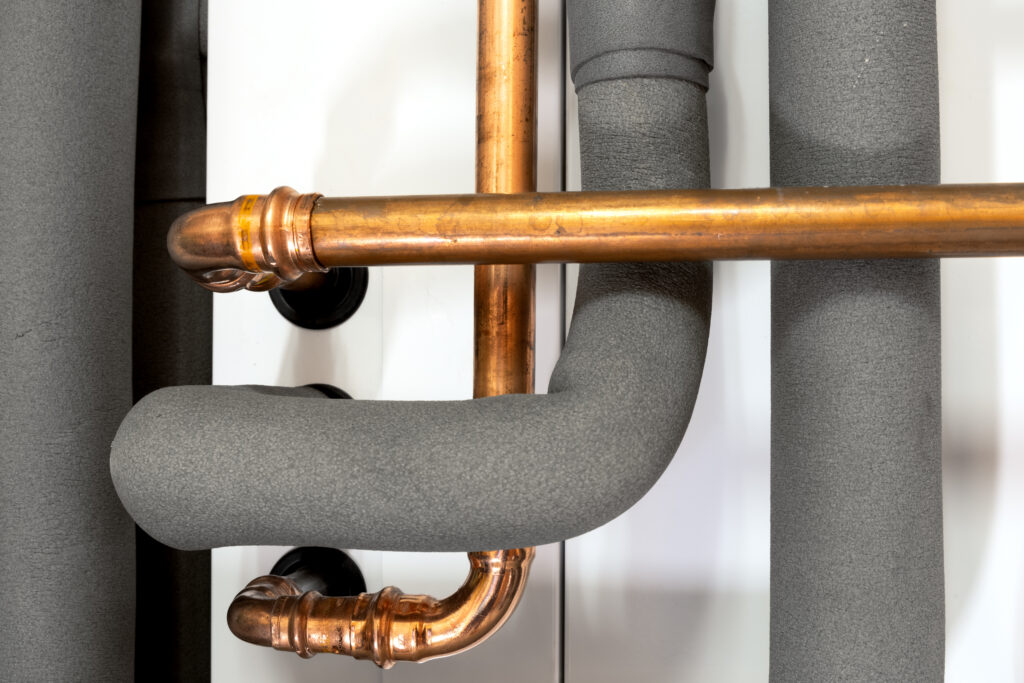

Blog
How to keep your upstairs cool in the summer

How to Keep Your Upstairs Cool in the Summer
Why is my upstairs so hot in the summer? This is probably a question you’ve asked yourself many times. It’s a problem that faces many homeowners in the summer — a hot and uncomfortable second floor. One of the ways you might try and cool your upstairs is to walk over to your thermostat and crank up the air conditioner. This typically results in a main level that is too cold and a second floor that is still too hot.
Why Is The Second Floor is Hot
There are three main reasons why it can be difficult to cool down your second floor in the summer.
- Heat rises. You’ve heard the phrase “hot air rises.” That also means cool air sinks. As a result, it’s a natural tendency for a home to be warmer upstairs and cooler on the lower levels.
- Roof and attic. Your roof takes in heat from the sun which is then absorbed and circulated into your attic and second floor.
- Leaky ductwork. The average home’s air duct system leaks 25% to 40% of the air that flows through it. This can have a big impact on having a consistent and comfortable temperatures throughout your house.
How To Cool Down Upstairs Room
- Climate zones. Redirect airflow by closing a few register vents on the first floor. This will help push more air to the second floor. You can also consider installing a zone system in your home. Zoning allows you to heat and cool individual rooms — or zones — to different temperatures. You can control multiple zones separately to reduce hot and cold spots for more consistent comfort, or you can increase efficiency by only heating or cooling areas of your home that are in use. For example, you can set the temperature of the nursery at 72 degrees, your living room at 70 degrees and the basement at 68 degrees.
- Keep AC fan set to “On.” Most thermostats are located on the main level of the home, helping the first floor and basement maintain a comfortable indoor temperature. Change the fan setting on your thermostat from “Auto” to “On.” Keeping the fan running constantly will help air flow more evenly throughout your home.
- Aeroseal your ducts. Your heating and cooling system can only be as efficient as your ducts. As we mentioned above, the average home’s air duct system leaks 25% to 40% of the air that flows through it. Sealing your ductwork using a product called Aeroseal® can help improve the comfort in your home and reduce leaks by up to 90%. Sealing your ductwork also provides better air quality because dust, dirt and pollen are not being sucked into the ducts and pushed around your house.
- Block the sun. Make sure all your windows and doors are sealed properly, so none of that cool, conditioned air is escaping through cracks. You can also look into purchasing light and UV blocking blinds and curtains to help keep a room cool during the day.
- Change the air filter. A dirty air filter blocks air flow and can cause your system to not run as efficiently. Be sure to change your air filter once a month.
- Ceiling fans. Ceiling fans keep the air moving and circulating throughout the house. This will help limit those temperature extremes on each level. A general rule of thumb is to run fans counter-clockwise during the summer at a higher speed and clockwise during the winter at a lower speed. The counter-clockwise motion forces cool air down, creating a wind-chill effect that will make you feel cooler. The clockwise movement pulls cool air up and pushes warm air down.
If you’re still having issues, that might be a sign that your system isn’t properly sized for your home and needs to be updated. We’ve helped many homeowners in the Des Moines area solve their home comfort problems. You can contact a Bell Brothers Home Comfort Specialist by calling 515-206-6916 or contacting us online.








